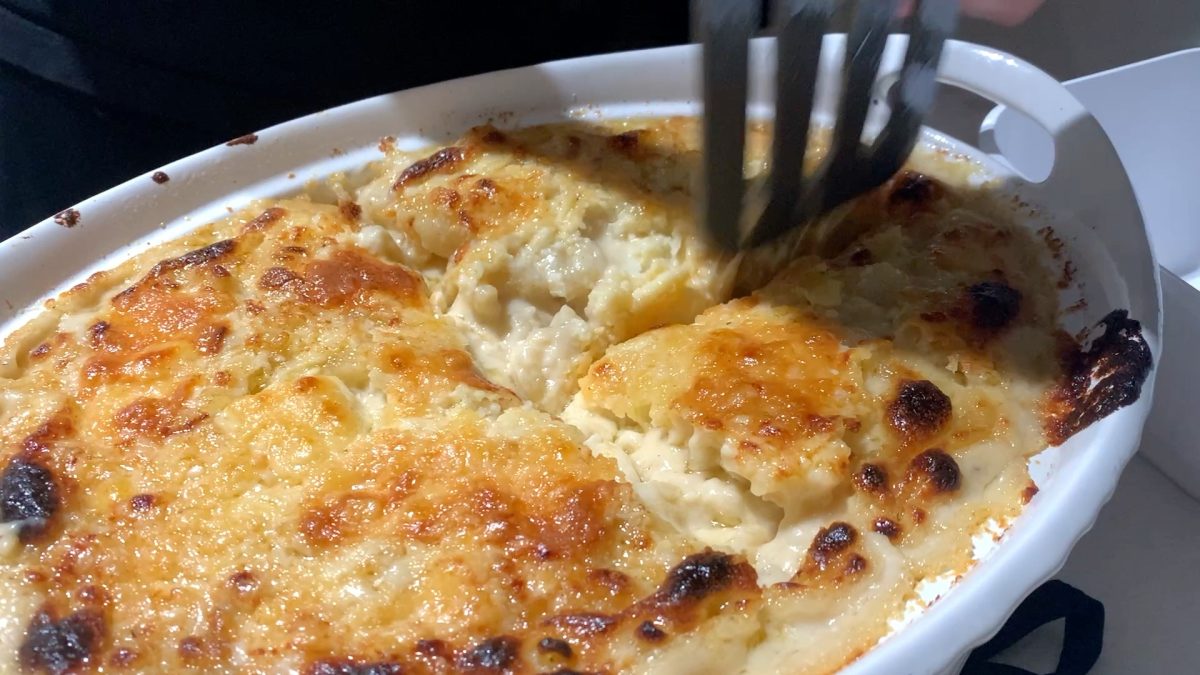A Cooke Who Can Draw
November 27, 2018
A pencil– it’s a tool many people use everyday whether to write at school and work, or to just jot something down. However, Junior Tyler Cooke uses pencils in a whole different way– he has a passion for art. The 2018-19 school year is Cooke’s first in the Art National Honors Society, and he completed a project this March for Mr. Paul that is still in his room today. Cooke draws because of his love for the relaxing activity and for the satisfaction it brings upon completion of all the hard work.
The Art National Honors Society requires ten hours of art-oriented community service. The service can be for teachers at Rock Canyon as well as outside organizations. To contribute to his hours, Cooke did a drawing on the Civil Rights Movement for Mr. Paul who had been wanting student artwork to fill a wall in his room. Mr. Paul gave Cooke his choice of project subject between the fall of the Berlin Wall, the Cold War, and the Civil Rights Movement.
“I chose the Civil Rights era because I have always found that really interesting, and it was just a really important piece of history when it comes to American history because we’re not that old of a country, so when you think of it, that was a really big deal, and it led to a lot of different things all around the world, so I decided to do that, and he gave me complete freedom.”
Cooke covered multiple aspects of the Civil Rights Movement, drawing significant figures and event symbols from the top to the bottom of the page in chronological order.
“I wanted to go farther back because the Civil Rights Movement didn’t just start in the 1960s. It had been going on for centuries and decades before. I went from the top down, so earliest to latest. I started with Frederick Douglass throughout the 1800s, and then I did the EP, Ida B. Wells, and then I kind of went into the realm of the 1960s actual movement, so I did the Selma Marches, Martin Luther King Jr., Rosa Parks, LBCC, and Craig Scott Caine among others like the Black Power movement and Mohammad Ali just to show all the different figures within that movement and the very prominent African American people during that time.”
The project took Cooke a total of a clocked ninety-nine hours. He started working on the drawing in September and finished in March. He said each time he would start to work on it, he would start a stopwatch and stop it when he stopped and repeated this process until March.
Cooke decided to delve into the drawing and really understand what he was working on.
“When I did a drawing of somebody, I researched it before so I knew what the history behind it was; it wasn’t just like, ‘Oh, I kind of know about it,’ so I really dove into the history of it.”
Tyler Cooke found his artistic talent freshman year after taking the class Drawing and Painting I with Mr. Walter. Cooke liked to draw in preschool but claimed he wasn’t good at art until he took the Drawing and Painting classes at Rock Canyon. Cooke is now in AP Studio Art with Mr. Walter and has completed Drawing and Painting I-IV.
“[Drawing] is just really relaxing. It’s really satisfying to see the process of everything, and I just like making pretty stuff. When everything’s falling apart, I like to put something together, pretty.”
Cooke uses a system called the ‘grids system’ to draw. This entails printing out a picture of what the artist is going to draw and then placing grid lines of boxes on the photo. When the artist has his own piece of paper to start from scratch on, there’s no tracing. By drawing the same grids on the fresh piece of paper, the artist can reference the original photo and know in which box to place certain items and have a good idea relatively of where everything should be. Cooke uses grids boxes of ½ inch by ½ inch.
“It kind of gives you a little connect the dots, and it kind of scales it for you, so ‘oh the nose is right there, and the eye goes in that square’ kind of thing,” Cooke said about using grids.
“When I started drawing, I picked all the subject matter. It was basically my time frame, so whenever I could get it done, I could get it done.” Mr. Paul gave Cooke a lot of freedom with the project which allowed him to express all the areas he wanted to and create the work of art in Mr. Paul’s room today.
“Everybody seems to like drawing pencils, but I really don’t, so I just used a mechanical pencil that I have. Just one of the crappy ones that you use to take your math test because it gets the darks, and it gets the lights, and it’s always a consistent thickness. It’s not like one of those other drawing pencils that just snaps and crumbles everywhere, so I really like mechanical pencils, and then just paper and an eraser, and a ruler and the grids,” Cooke said. Drawing pencils can be expensive, but Cooke likes to use regular mechanical pencils simply because he thinks they do the job more efficiently. He uses whichever standard-brand mechanical pencil he has on hand.
Cooke plans to continue drawing, as he aspires to be an architect.
“It has a design aspect as well as a structural mathematical aspect to it, so it combines my two favorite subjects.”
As a junior, Cooke is in AP Calculus and AP Studio Art. Excited that architecture combines both, that is what he plans to do.
Many people like to draw and can do it incredibly well, however drawing is a talent and a hard skill to acquire. Cooke found his talent and ran with it. Stop by Mr. Paul’s room, 5000B, and check out Cooke’s Civil Rights artwork in person.

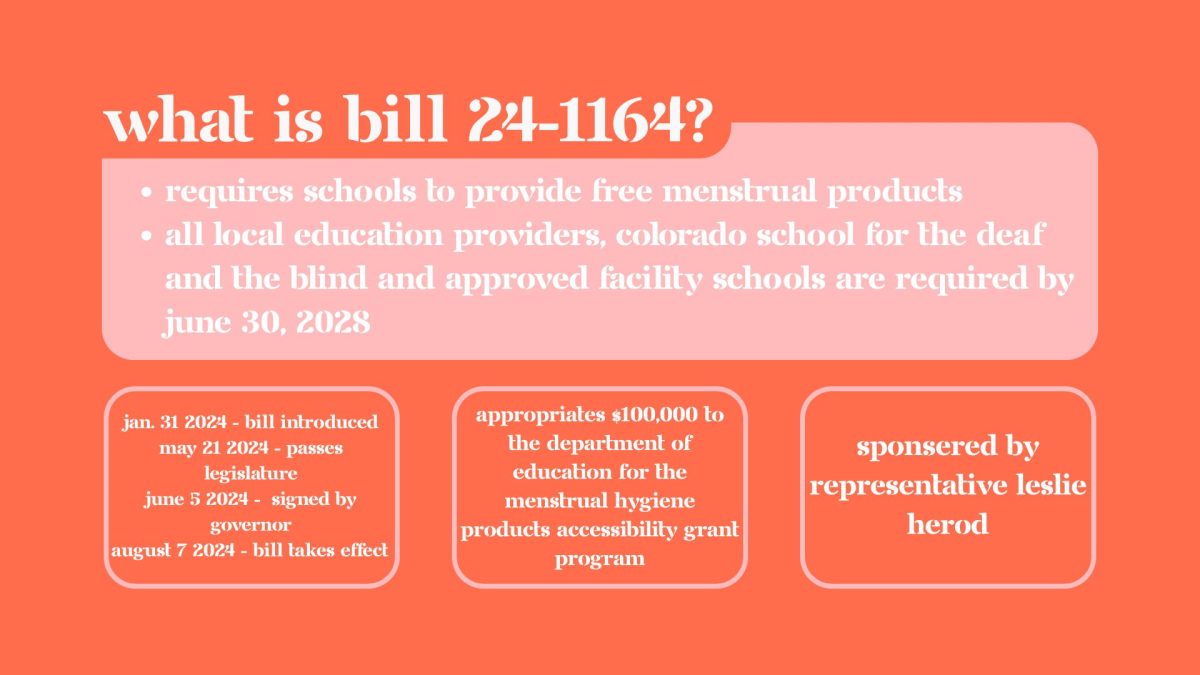

![Minutes before the Activities Fair in the gym, president Abhi Gowda ‘26 prepares the stall for his club Helping Hands, Sept. 4. A relatively new club, Helping Hands was co-started by Gowda and focuses on assisting the homeless, and just last year they succeeded in raising a couple hundred donations to send to shelters. This year, they have goals to expand, with hopes to increase volunteer opportunities and take in-person trips to shelters, as well as extend their help beyond just homeless people. “The Activities Fair gives a lot of underclassmen the opportunity to really get to know the Canyon culture, and it gives them many opportunities for service and volunteering,” Gowda said. “[Through the Activities Fair,] I hope to find a bunch of new and passionate members about our club and just get our name out there and spread awareness to the cause that we’re fighting for.”](https://rockmediaonline.org/wp-content/uploads/2025/09/1-2-1200x885.jpg)
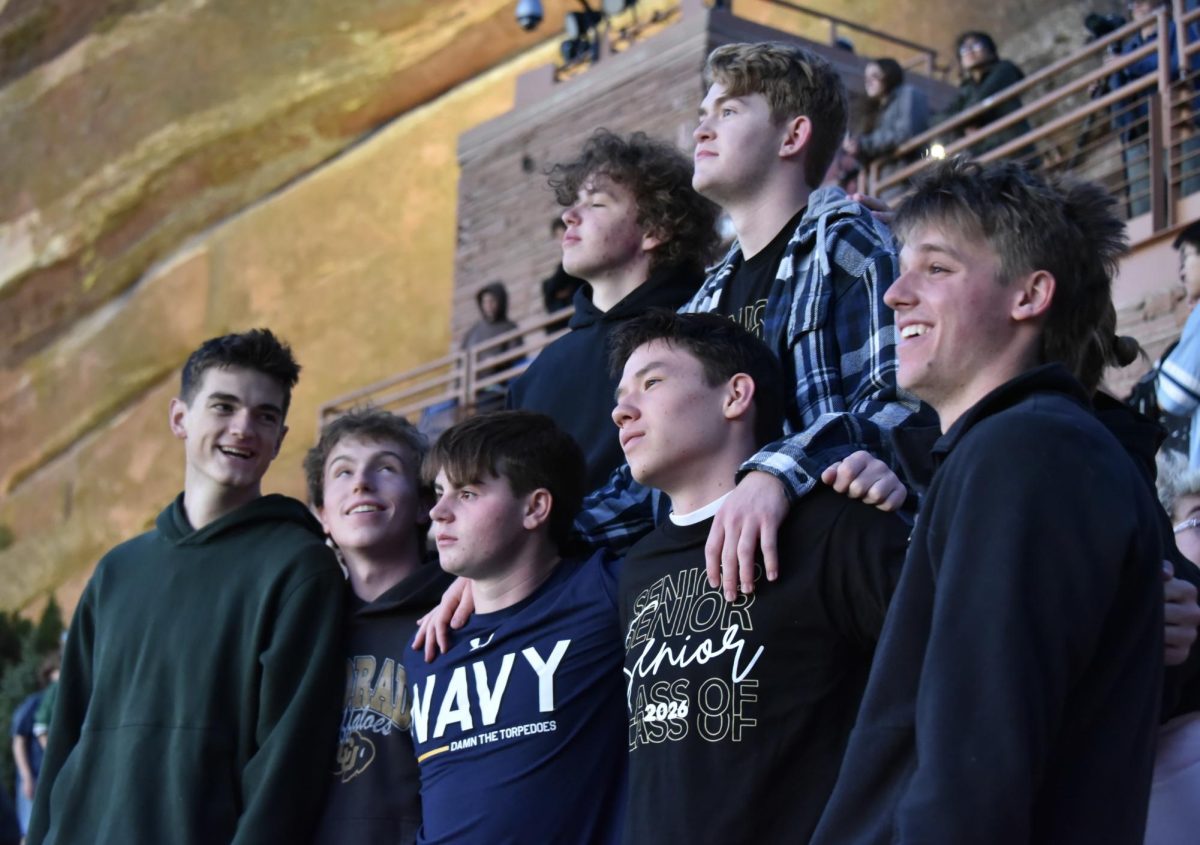
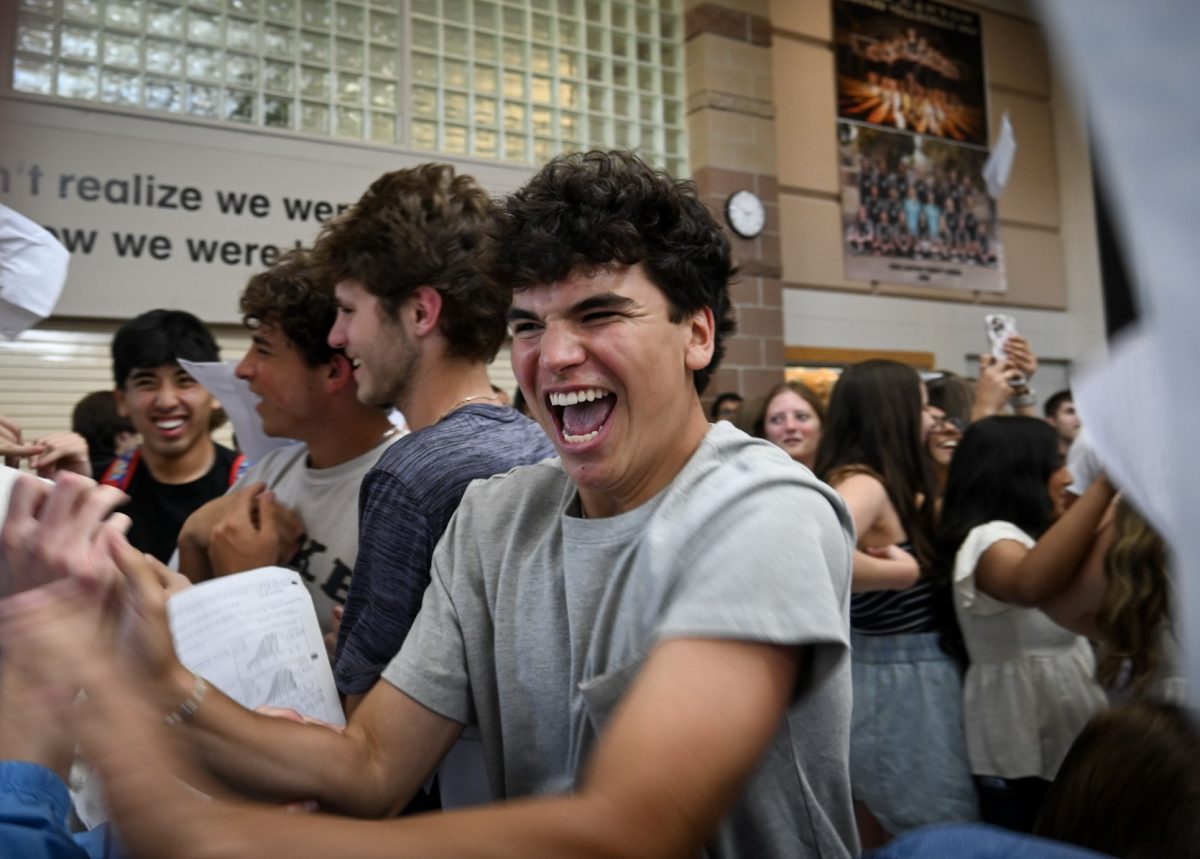

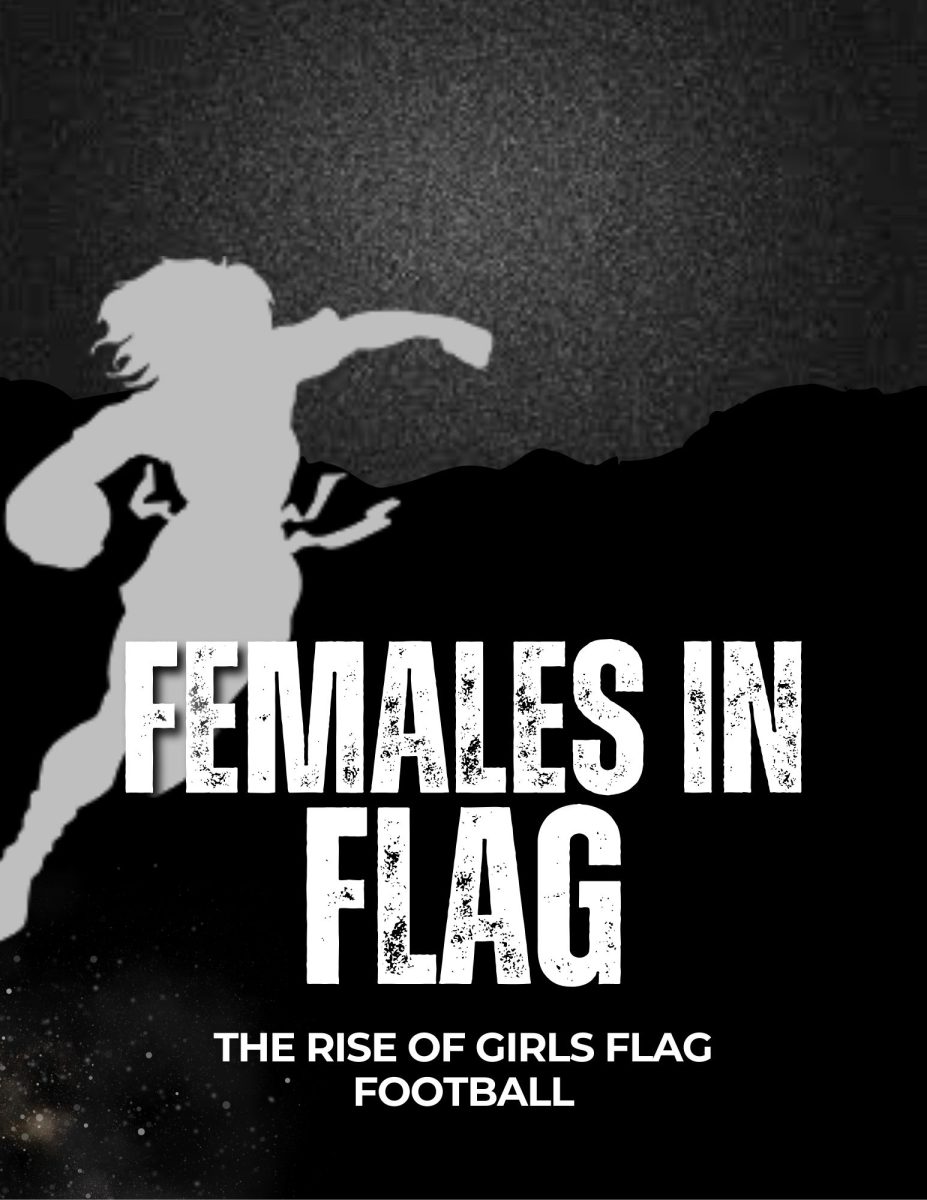
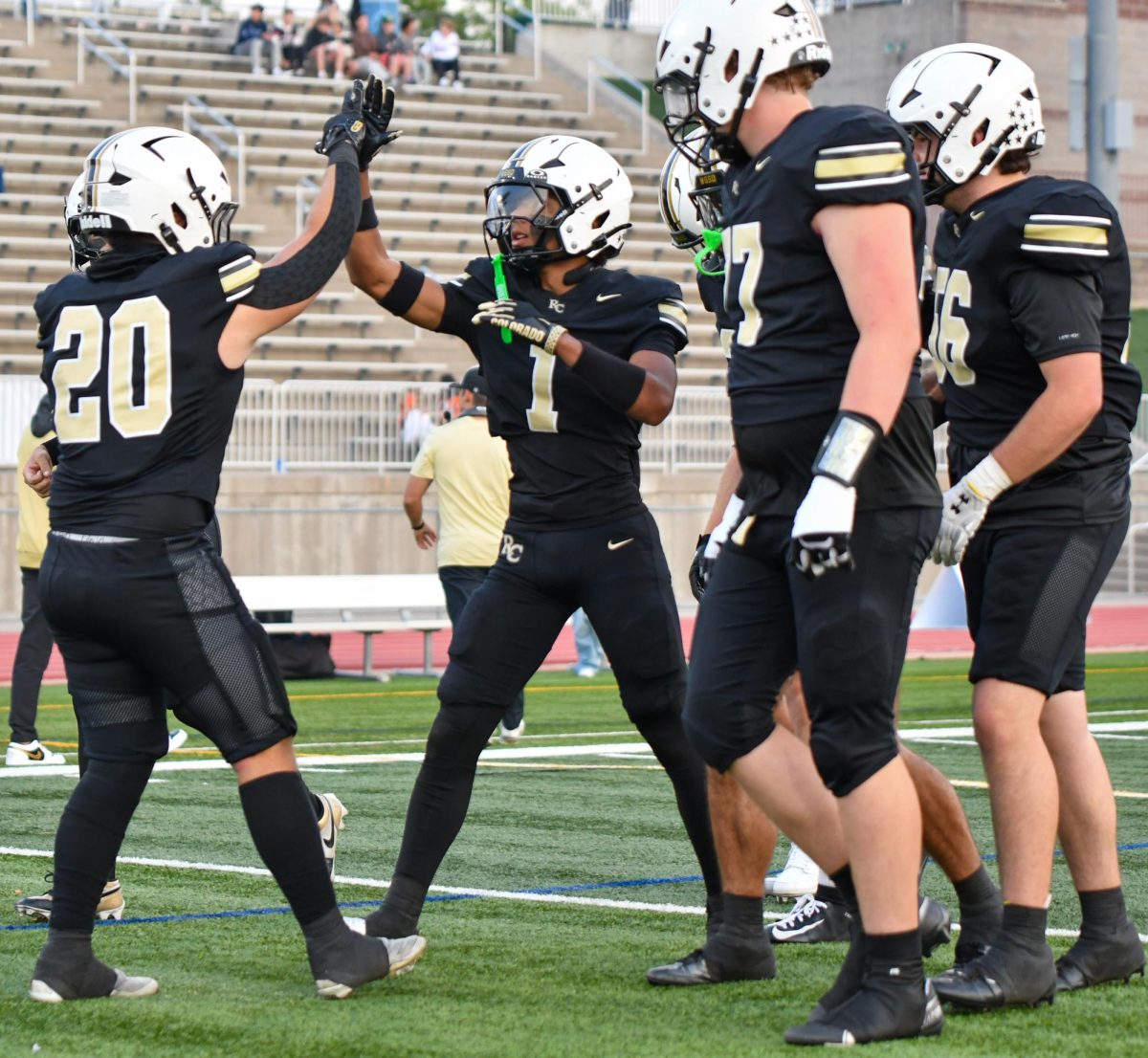


![The winter guard team makes fifth place at the state championship finals in the Denver Coliseum, March 30. The team performed to Barnes Country's “Glitter and Gold,” lead by coaches Margo Sanford, Blair Bickerton and Anna Orgren. In their class there were a total of nine groups participating, and the top five who made it to finals received a plaque. “[Walking onto the stage] is very nerve-wracking, but also very exciting as well. When you first start color guard there's a lot of anxiety and uncertainty when you first perform in front of an audience, but once you've done it for a while, it starts to become the best part of the season,” Ella West ‘25 said. “It's very fulfilling to see an audience react to something you've put your heart and soul into.”](https://rockmediaonline.org/wp-content/uploads/2025/04/Both-socal-media-nd-website-main-1-1200x846.jpg)
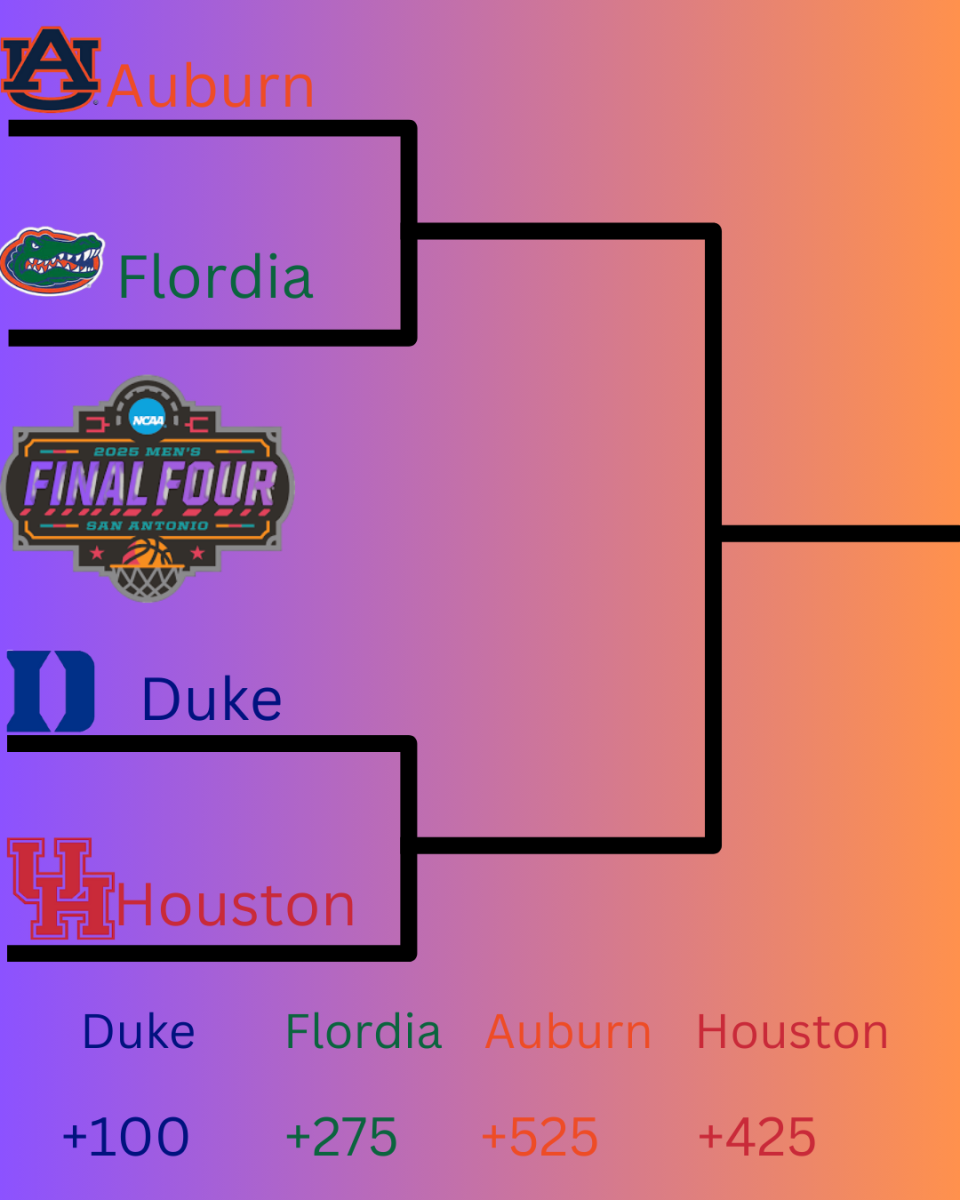
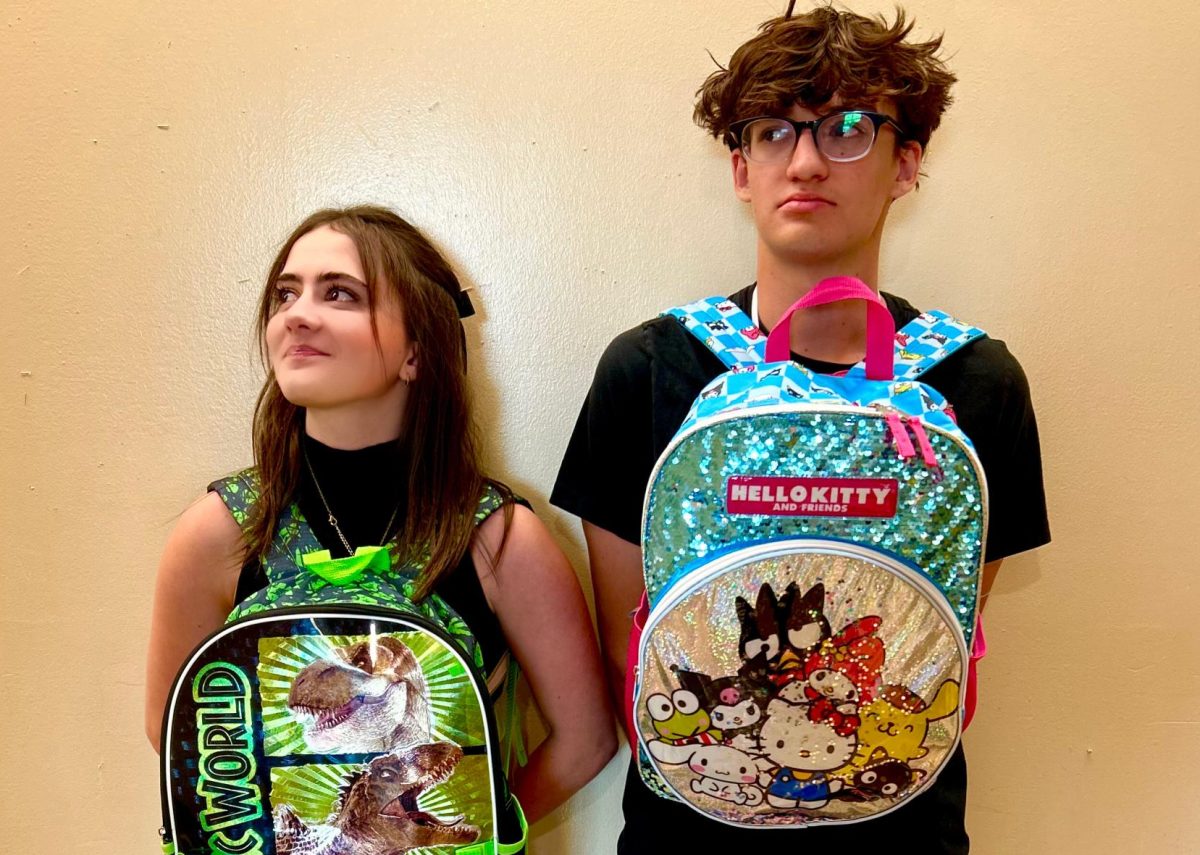
![April marks the 25th anniversary of Sexual Assault Awareness Month, created by the National Sexual Violence Resource Center (NSVRC). This month is to spread awareness of the harassment, assault and abuse that happens around the world. The symbol that represented the month was a teal ribbon; however, some survivors of assault create different symbols and movements like the TikTok trend in 2022, where survivors would tattoo Medusa on their body, in honor of her backstory in Greek Mythology. “I don't think [this month is known] at all. I rarely see anybody talk about it. I rarely see much of an emphasis on posting it online, or much discussion about it, and I feel like there needs to be way more discussion,” an anonymous source said. “I think just validating every experience that a person has gone through, regardless of the degree of it, the severity, is an essential step into making sure that people are aware that this is a very real problem in a society and that we need to do better in addressing it.”](https://rockmediaonline.org/wp-content/uploads/2025/04/IMG_0011-1200x900.jpg)
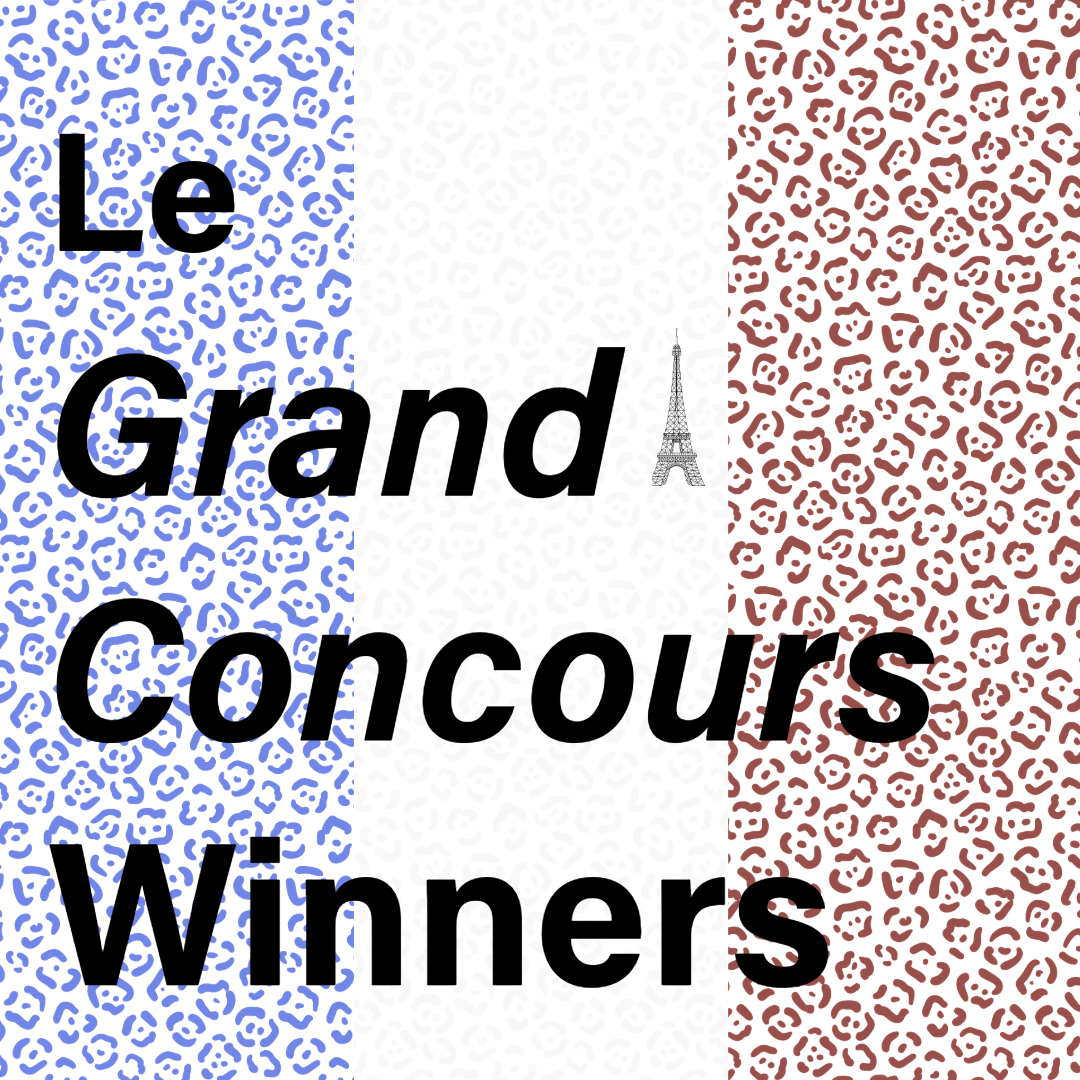

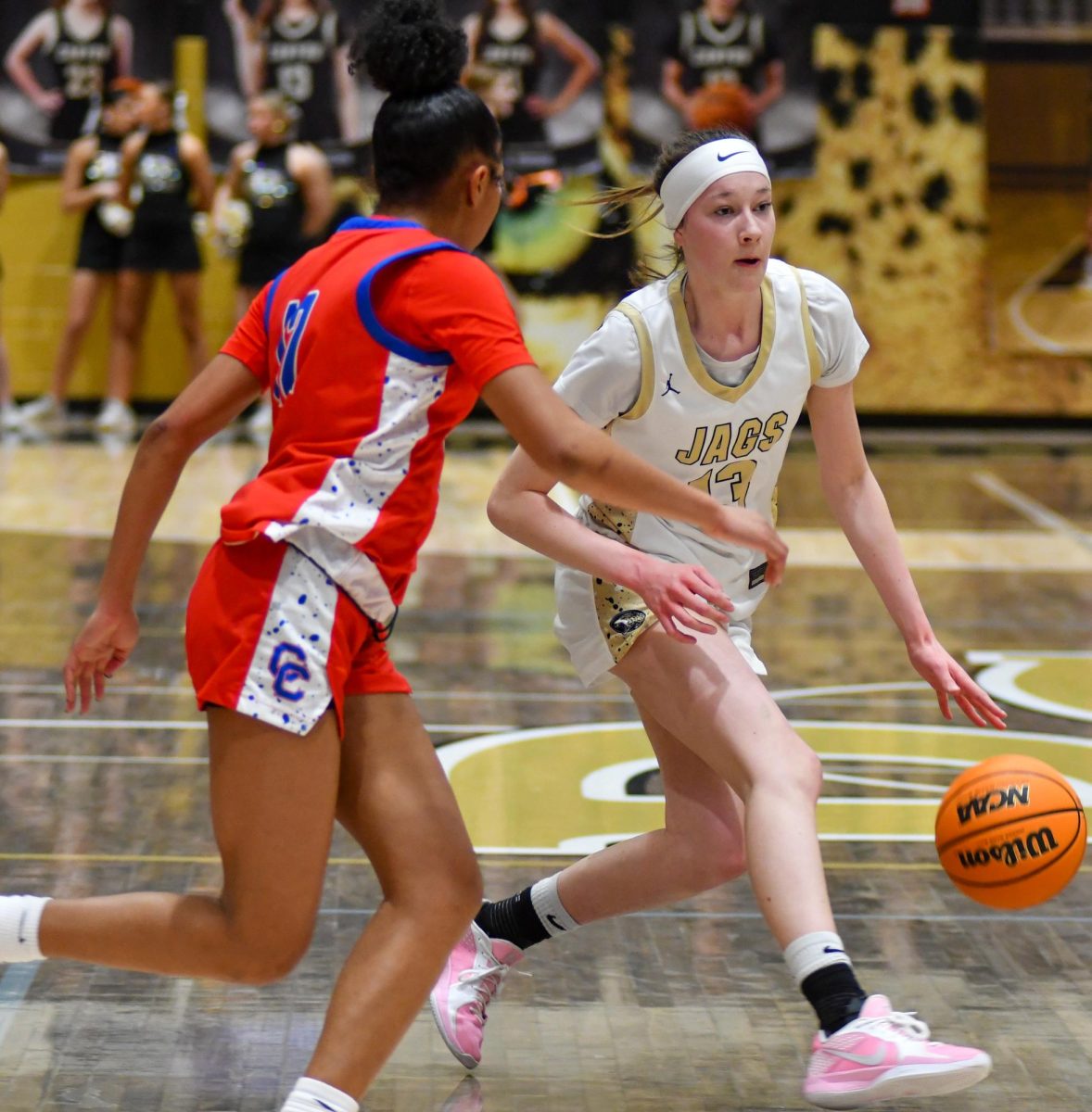
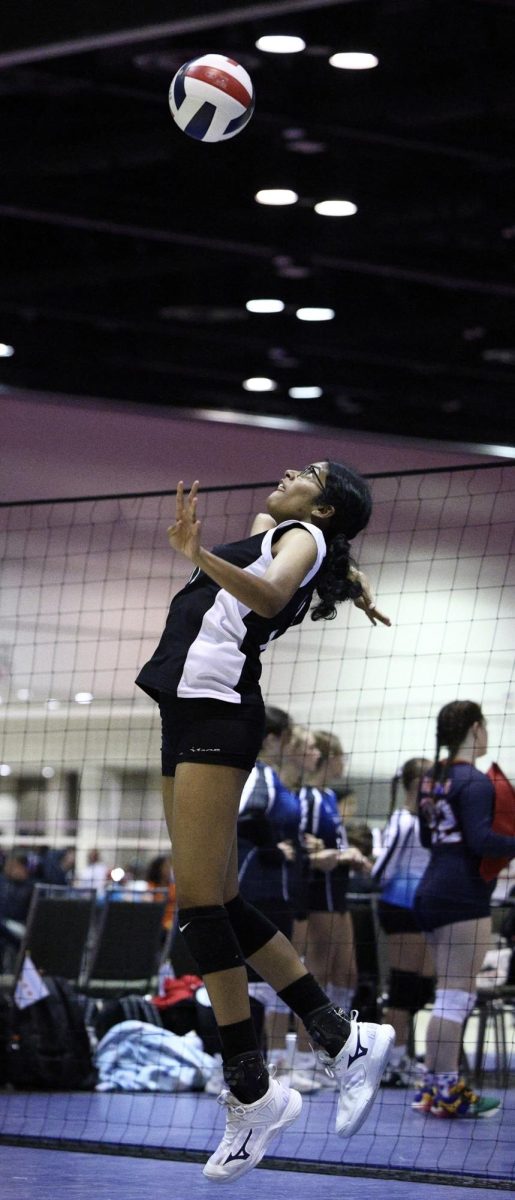
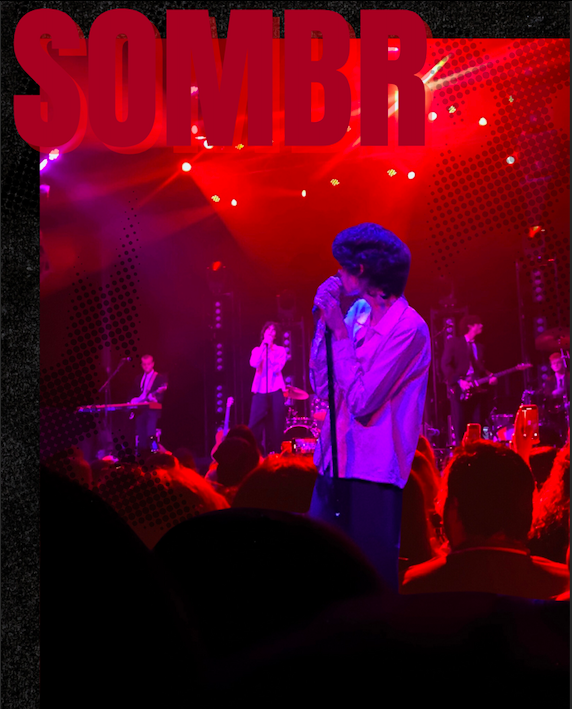






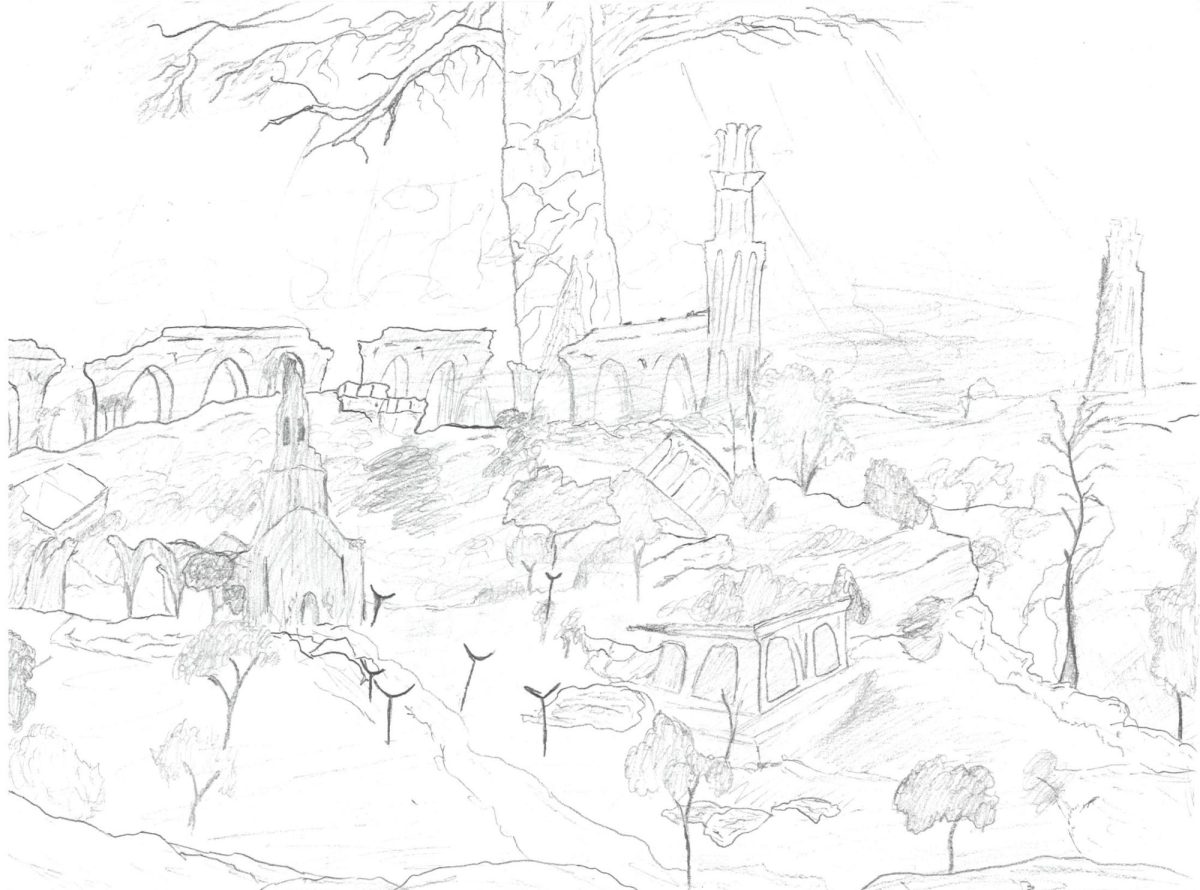
![Lesbian Visibility Day is April 26, and it’s a holiday to celebrate the lesbian community of the world. Lesbian Visibility day was established in 2008 by many queer activists and organizations who sought to raise more awareness for lesbian history and culture. “So this is why during Lesbian Visibility [Day] we celebrate and center all lesbians, both cis and trans, while also showing solidarity with all LGBTQ+ women and nonbinary people,” Linda Reily, in an article written by her, said.](https://rockmediaonline.org/wp-content/uploads/2025/04/Lesbian-Visibility-day.jpeg)



